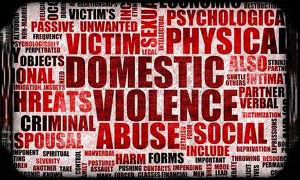As parents’ lives change after divorce, their existing custody orders might not work anymore. When they agree that a change is necessary, the process of asking the court for a new order is relatively simple. When they don’t agree, it can be difficult to convince a judge to make a change.
Parents Can Agree to a Change
When parents agree to a change of custody, it’s usually just a matter of letting the court know. An order must be filed, but a lawyer can usually draft one. Then both parents can sign it, giving their consent. A judge will usually approve the agreement, unless the child objects to the change. Courts usually will not force children to change residences without a good reason, especially when they’re older.
You Must Petition the Court for Change
Changing a custody order when parents don’t agree involves going back to court and beginning a new legal action. In most states, this means filing a motion or petition with the court. The court will schedule a hearing. If your child’s other parent objects to the change, the judge probably will not make a decision right away. Most courts will schedule the issue for trial, because changing custody is a serious matter.
You Must Prove a Change of Circumstance
When parents disagree about changes to a custody order, only a major change in circumstances since the last custody order will convince a court to modify it. Generally, something must have changed in the home where your child has been living to make the home no longer safe, emotionally or physically. You can also ask for a custody modification if your child wants to change primary households. If your child is older, sometimes this alone is enough to convince the court to issue a new order.
You May Need Witnesses
Simply saying that your child’s home presents a danger, either mentally or physically, is not be enough to persuade the court that a change is necessary. You’ll need proof. Proof includes documentation, such as police reports. It can also include the testimony of witnesses, if others have seen the unhealthy circumstances in your child’s home. You can hire a counselor to talk to your child and testify about the impact of the changed home conditions on your child.
A Child Custody Lawyer Can Help
The law surrounding changes to child custody orders is complicated. Plus, the facts of each case are unique. This article provides a brief, general introduction to the topic. For more detailed, specific information, please contact a child custody lawyer.
Have a Child Custody Question?
- It’s simple, free and safe.
- Submit your legal question confidentially with ease of mind.
- Receive multiple answers from top rated lawyers.
- Go to www.lawyers.com
“Thank you Lawyers.com for always providing sound, expert content regarding family law.”
–Tamara L. Daniels, Professional Visitation Provider



Follow Us!